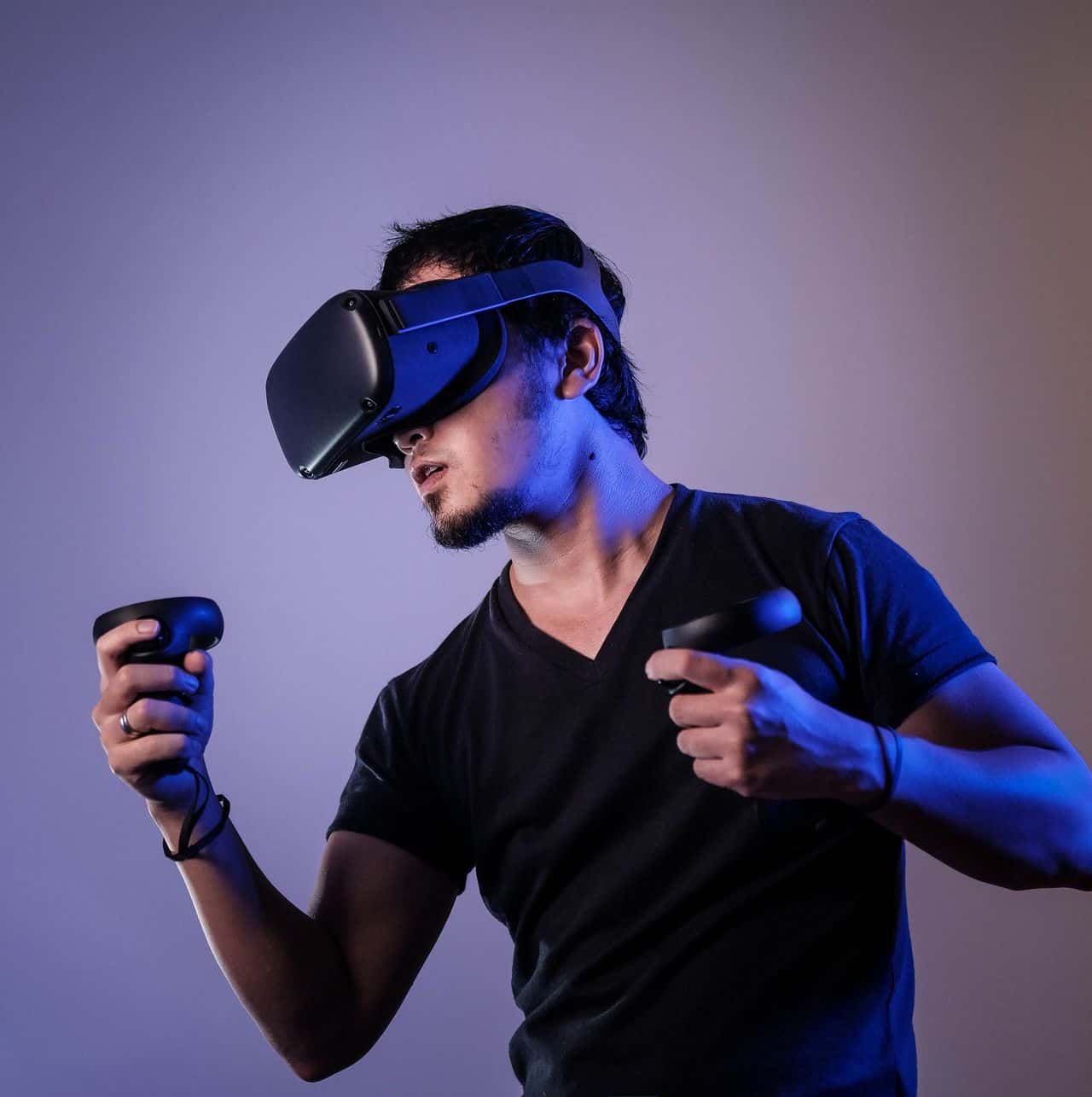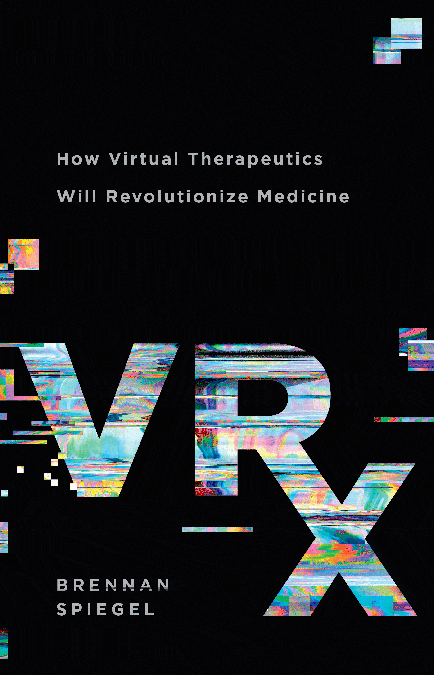Therapy
Virtual Reality Therapy (VRT): Overview and Effectiveness
THC Editorial Team January 8, 2021

Contents
- Overview
- When Is Virtual Reality Therapy Used?
- Potential Benefits of Virtual Reality Therapy
- How Does Virtual Reality Therapy Work?
- Effectiveness of Virtual Reality Therapy
What Is Virtual Reality Therapy?
Virtual reality therapy (VRT) combines technological advancements, mental health care, and psychotherapy. In particular, it uses virtual reality—a digital, sensory, three-dimensional image or environment in which a person is immersed and can interact with—to simulate real-life scenarios for therapeutic purposes. If and when used appropriately, VRT can expose individuals to images and environments that benefit mental health.
Notably, this type of therapy allows individuals to interact with computer-generated worlds. It often uses tools such as headsets to help users enter therapeutic environments. The headsets allow users to engage visually and aurally with computer-generated scenes and sounds.
Because many individuals who struggle with mental health issues have difficulty interacting with others and their surroundings, VRT may offer a particularly useful way for people to practice such engagement.
When Is Virtual Reality Therapy Used?
Individuals of all ages, including children, can take part in virtual reality therapy.
VRT helps people who deal with the following conditions:
- anxiety disorders1
- generalized anxiety disorder (GAD)
- panic disorders
- specific phobias (e.g., agoraphobia, fear of flying)
- social anxiety
- posttraumatic stress disorder (PTSD)
- obsessive-compulsive disorder (OCD)
- schizophrenia2
- paranoia2
- eating disorders2
Potential Benefits of Virtual Reality Therapy
Individuals who take part in VRT experience improvement in numerous areas including mood, coping skills, body image, social cognition and functioning, and cognitive functioning.3
Scientific research shows that VRT reduces many of the negative outcomes of mental health problems, such as the following:
How Does Virtual Reality Therapy Work?
The central mechanism through which virtual reality impacts mental health is exposure to external stimuli. This method explains why the most common type of VRT is virtual reality exposure therapy (VRET), which is especially helpful for people who struggle with anxiety disorders such as generalized anxiety disorder, phobias, and obsessive-compulsive disorder.4
In this form of therapy, participants use a head-mounted display (HMD), usually a helmet or goggles with built-in earphones, to enter a digital environment. The HMD often includes motion-tracking devices that are attached to the user’s hands and/or feet so that the computer can adapt the field of view to the user’s movements.5 These features allow the user to feel as though they are physically present in the environment by essentially blocking out the real world.
Once immersed in the virtual environment, users are then exposed to simulations of situations that may be particularly triggering or difficult. At the same time, therapists draw on their expert knowledge of users’ particular disorders to help guide user responses to the difficult situations. This process occurs in a safe, controlled environment such as a therapist’s office.
One of the main advantages of VRT is that users know the computer environment is not real, but their minds and bodies react as though it were. As a result, users are often better able to face difficult situations and to try out new therapeutic strategies.2
Because VRT allows therapists to manipulate simulations, therapists are able to present a variety of distressing stimuli to their clients, who, in turn, learn to deal with many different stimuli in healthy, appropriate ways. Simulations within VRT are graded; some are more challenging than others. However, therapists use this scale—and the tactic of repeated exposure—to ensure that progress occurs among their clients. Therapists also focus on helping their clients apply the knowledge they gain from VRT to real-life scenarios.
One round of VRT usually includes 4–12 sessions that occur once per week. Each session may last from 30 to 90 minutes. Research indicates a dose-response relationship such that more sessions of VRT result in greater improvements.4
Effectiveness of Virtual Reality Therapy
Thus far, most scientific research on the efficacy of VRT has focused on anxiety disorders and has indicated that VRT is significantly effective when it comes to anxiety disorders, especially specific phobias. Interestingly, according to a meta-analysis, VRET is slightly more effective than in vivo exposure therapy, the gold standard in the field of anxiety disorders.6
According to a systematic review of recent evidence, VRT has also been shown to have similar results to, and to be as effective as, conventional cognitive behavior therapy (CBT) in the treatment of anxiety disorders.3 As a result, researchers are currently looking into virtual reality–based CBT in order to determine if a combination of the two therapies could improve efficacy.
Despite these promising results, most existing studies on the efficacy of VRT were conducted with young adult or middle-aged populations. Therefore, scientific knowledge about the efficacy of VRT among children or older adults is still limited.3 Overall, more research is needed to determine when and where VRT is most helpful within the mental health sector and how its benefits can be maximized.









